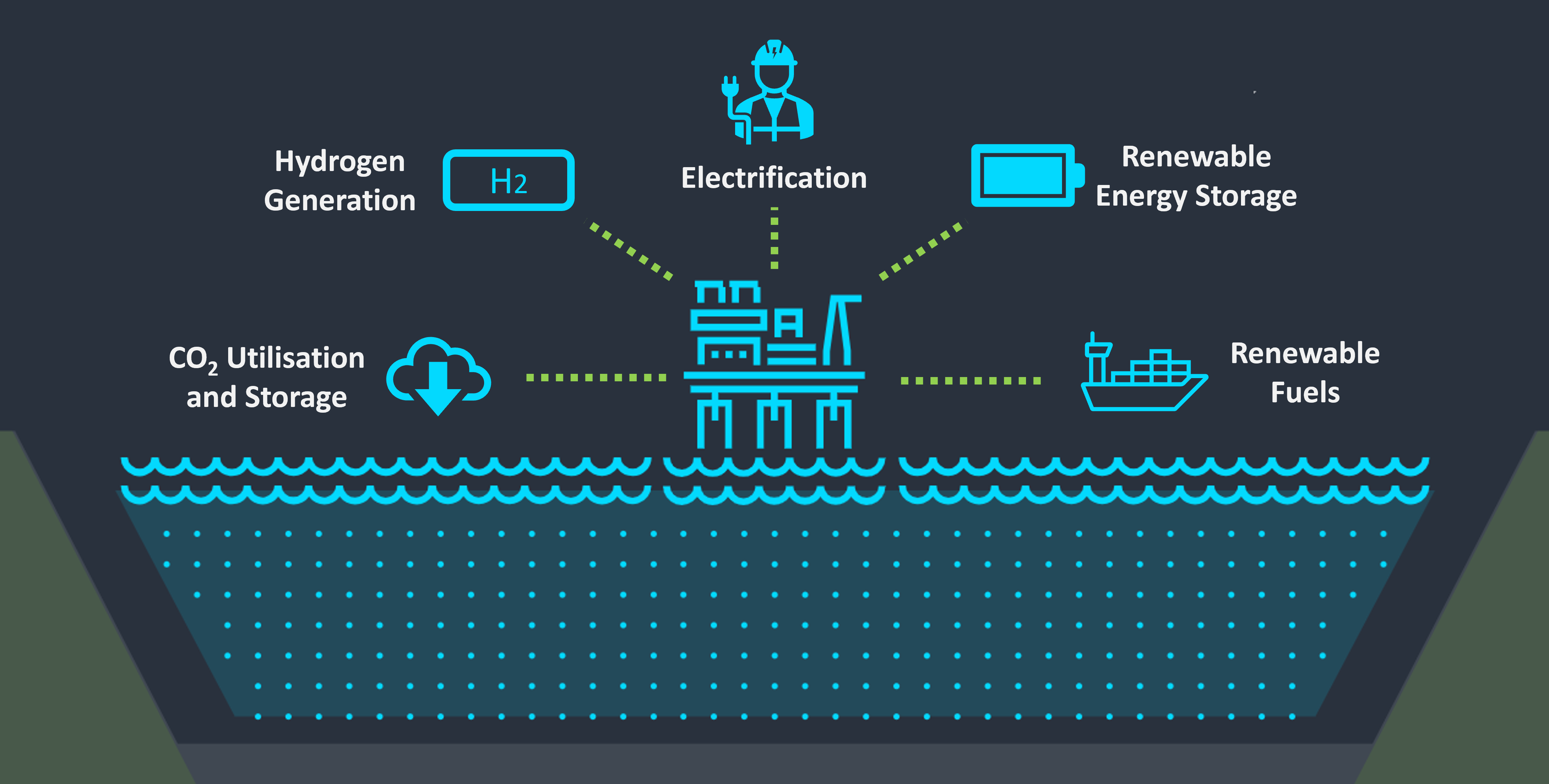Significant Structural Change for a Sustainable Future Energy System…
Energy Transition is vast, ubiquitous and represents the greatest investment programme of our time. It consists of a myriad of pathways, which can be grouped under a set of key ‘technological’ pillars:
- Renewable energy is a critical component of the energy transition, with a focus on increasing the share of renewable electricity in the energy mix. Reducing and ultimately ending society’s dependence upon fossil energy is the end goal, either directly through electrification or indirectly through renewable energy carriers, fuels and the substitution of fossil energy embedded in products.
- Energy storage is also an essential pillar of the energy transition, as it enables the integration of variable renewable energy sources into the energy system. Both energy supply and energy demand are variable and vast quantities that require increasingly significant efforts to balance (from second-to-second, through to year-to-year scales) as renewable contributions to the ‘energy mix’ grow. Solutions range from short duration (seconds to hours) to long duration (hours to years) energy storage.
- Carbon capture, utilization and storage (CCUS) is the third key pillar, as it can significantly reduce carbon emissions from fossil and renewable fuel-based power generation (as well as other industries that will remain essential to economic growth and development). It can also remove carbon from the atmosphere, which is an important technological approach for emissions that cannot be avoided or reduced directly. Captured, processed carbon dioxide can be utilised and/or stored in various ways, from directly offsetting fossil-energy use, through to subsurface storage where it will remain trapped on geological timescales.
An energy transition ‘pathway’ is a plan or strategy that outlines the steps necessary to achieve significant structural change and become an integrated part of the future energy system. Strategically placed, Gas2Wire is the beginning of several energy transition pathways and has the potential to integrate various additional ‘technological’ solutions that will support the three pillars of energy transition.
G2W
A reliable source of dispatchable low carbon electricity.
G2W
A pathway to long duration renewable energy storage.
G2W
A pathway to balanced, flexible renewable electricity.
A Gas2Wire project is an ‘enabling’ project, capable of accelerating the timeline to realise Net Zero. It reduces carbon and related greenhouse gas emissions from the oil and gas sector (through integration with Carbon Capture) and directly supports the growth of renewable energy generation and renewable energy storage, so that it may ultimately supplant the sector whilst maximising the use of its legacy of knowledge, infrastructure and capacity for innovation.
Gas2Wire Enables…

